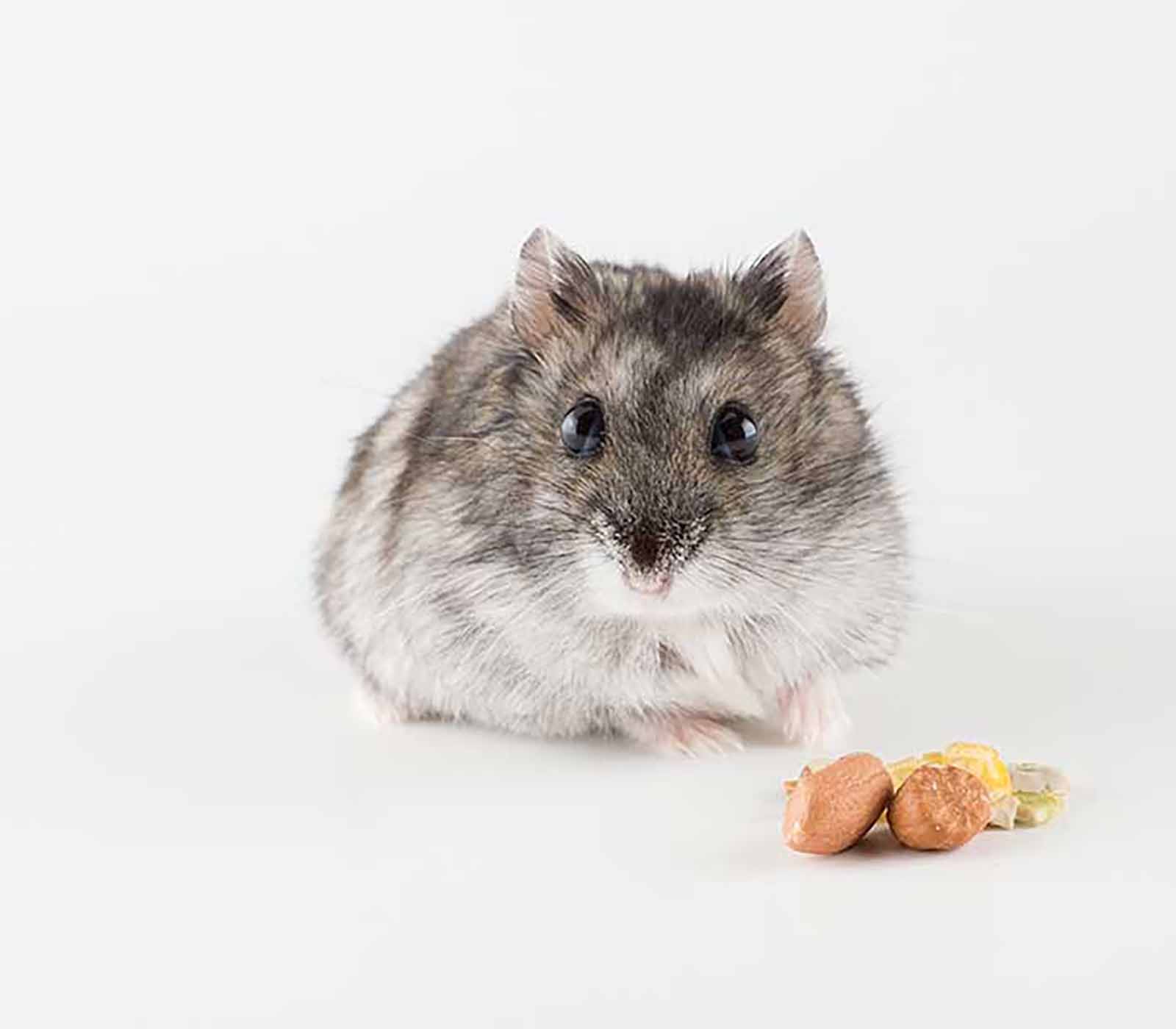Chinese Hamster Profile
The **Chinese hamster**, a charming small pet, is known for its playful personality and unique appearance. With their long tails and distinctive markings, these hamsters have become favorites among pet owners. In this article, we’ll explore their care, behavior, habitat needs, and more to help you better understand these delightful creatures.
Physical Characteristics of Chinese Hamsters
Chinese hamsters are compact and agile, typically growing to about 4 to 5 inches in length. Their coats can vary from grey to a beautiful golden-brown. Interestingly, they have long tails compared to other hamsters and tend to have a more elongated body shape. This unique physique sets them apart from their dwarf counterparts.

Distinctive Features
One of the most notable features of the Chinese hamster is its long, slender body and signature tail. While their coat is typically smooth, they also have a distinct fur pattern that might include patches of varying colors. Understanding these physical attributes is essential not just for identifying Chinese hamsters but also for managing their care and habitat effectively.
Life Expectancy and Health
Chinese hamsters have a lifespan of around 2 to 3 years, which is relatively short compared to other pet species. Regular veterinary checkups and proper care are crucial for their well-being. Diet, environment, and regular exercise play significant roles in their health, ensuring they live full and happy lives.
Behavior and Personality of Chinese Hamsters
Chinese hamsters are known for their social and curious nature. They enjoy exploring their surroundings and engaging with their toys. Understanding their behavior can help you create a conducive environment that fosters good mental and physical health.
Sociability and Playfulness
These hamsters tend to be more sociable than other hamster types. While they are generally solitary animals, they can interact positively with owners and show affection. Enganging them in playtime with various toys can help reduce stress and encourage activity. Regular handling will also help them become accustomed to human interaction, helping to ease their more timid tendencies.
Tips on Handling and Bonding
When handling your Chinese hamster, it’s important to do so gently. Start by allowing them a chance to acclimate to your scent. After a few days, you can begin to pick them up using a small treat or an object they recognize. This approach will encourage trust and build a bond between you and your pet, fostering a relationship rooted in comfort.
Habitat Needs for a Chinese Hamster
Creating a suitable habitat is crucial for your Chinese hamster’s well-being. They require an adequately sized cage with lots of enrichment items to keep them engaged and occupied every day.
Cage Specifications
A minimum size of 24” x 12” is appropriate for a single Chinese hamster, allowing space for exercise and exploration. Ensure that the bars are no more than half an inch apart to prevent your furry friend from escaping. Wooden houses, tunnels, and various levels add depth to their environment and simulate a natural habitat, promoting health and happiness.
Essential Accessories
Providing a balanced diet of commercial hamster pellets, along with fresh fruits and veggies, will enhance health outcomes. Additionally, include running wheels in their cages and items to chew on, such as cardboard or wooden toys, to ensure they stay active and healthy.
Feeding Your Chinese Hamster
Feeding is crucial for a Chinese hamster’s health. A proper diet that includes a mix of pellets, fresh vegetables, and occasional treats will support their growth.
Balanced Diet and Nutritional Needs
A commercially formulated hamster food should be the base of your pet’s diet. Look for blends rich in fiber and healthy seeds, containing essential nutrients. Adding small quantities of fresh fruits or vegetables (like spinach or carrots) can provide added vitamins. However, ensure treats are given sparingly to avoid obesity.
Foods to Avoid
Some foods can be harmful to Chinese hamsters. Avoid sugary or acidic items, and never feed them citrus fruit or chocolate. Scraps from your meals, especially salty or spicy foods, should be kept away from your pet to avoid digestive issues.
Key Takeaways
- Chinese hamsters are small, sociable creatures with a unique appearance.
- They thrive in well-furnished habitats with appropriate space and accessories.
- A balanced diet greatly contributes to their health and longevity.
- Regular handling and interaction enhance their social nature and build trust.
FAQ
1. What is the best cage for a Chinese hamster?
A suitable cage should be at least 24” x 12” with secure bar spacing. Ensure it includes sufficient enrichment items like tunnels and toys to keep your hamster active and entertained.
2. How often should I clean my Chinese hamster’s cage?
Cages should be cleaned at least once a week. Spot cleaning should be done daily to remove soiled bedding and uneaten food to maintain a healthy environment.
3. Can Chinese hamsters live together?
It’s generally not recommended to house Chinese hamsters together unless they are siblings. Males can be territorial and may fight, so it’s best to keep them separately for peace and safety.
4. How do I know if my Chinese hamster is healthy?
Indicators of a healthy Chinese hamster include an active demeanor, shiny eyes, and clean, soft fur. Regularly monitor their weight and behavior, and consult a veterinarian if you notice significant changes.
5. What treats can I give my Chinese hamster?
Healthy treats include small bits of fresh fruits and vegetables. You can also use commercial treats tailored specifically for hamsters, ensuring they are low in sugar and unhealthy fats.
6. How can I bond with my Chinese hamster?
Start by allowing your hamster to acclimate to your scent. Gradually begin replacing items in the cage or adding items you handle into its space. Offer treats and gently handle the hamster to build trust.
